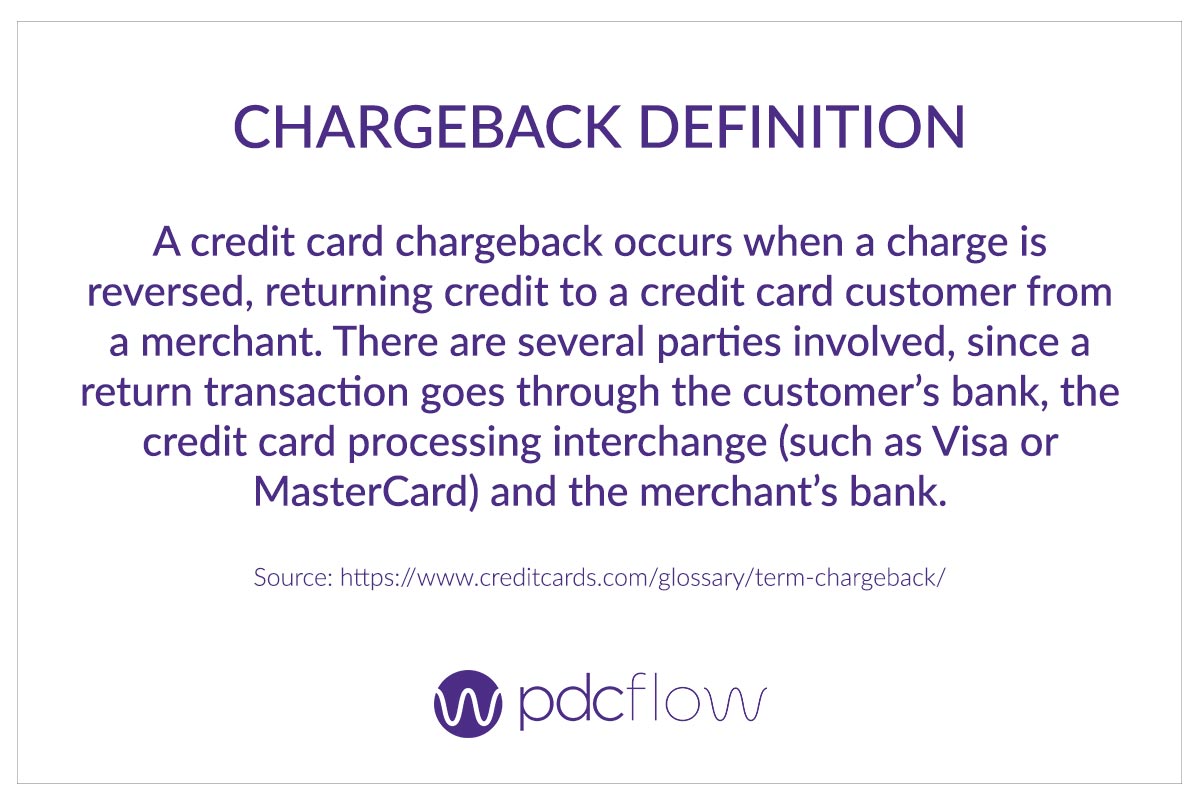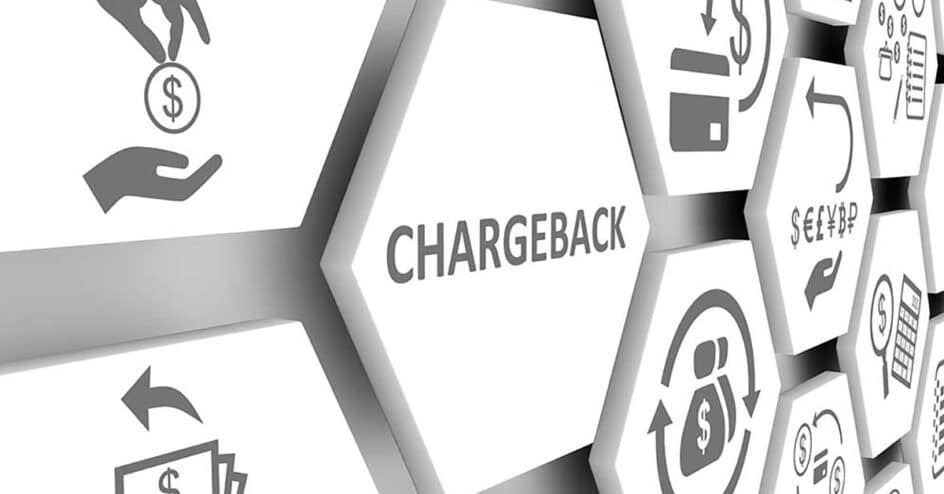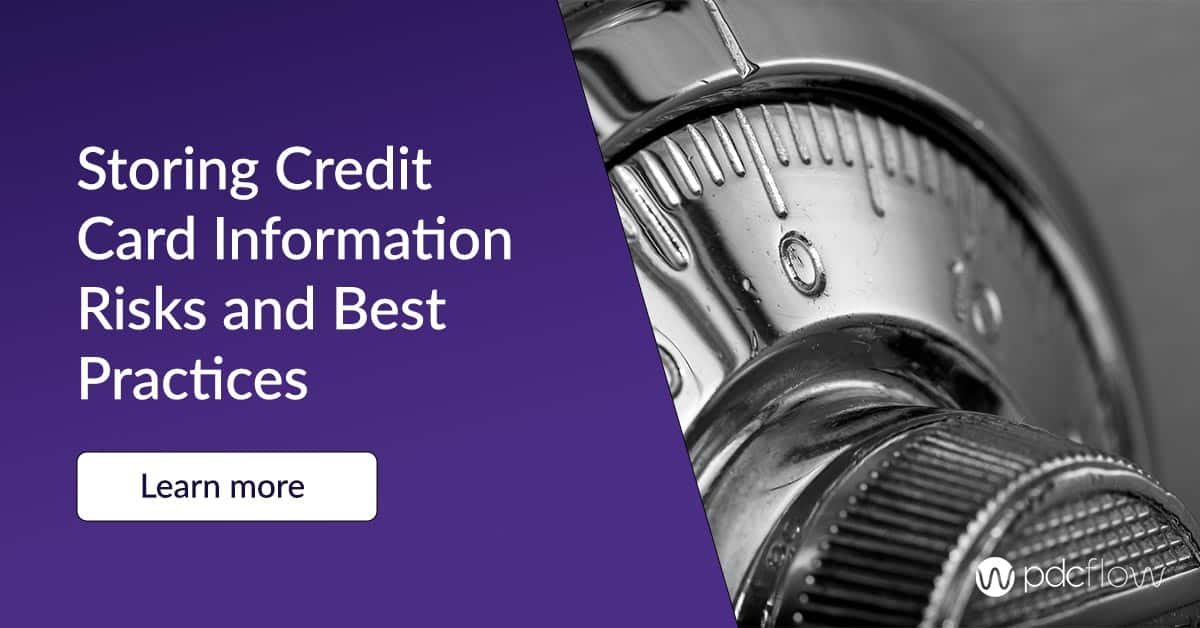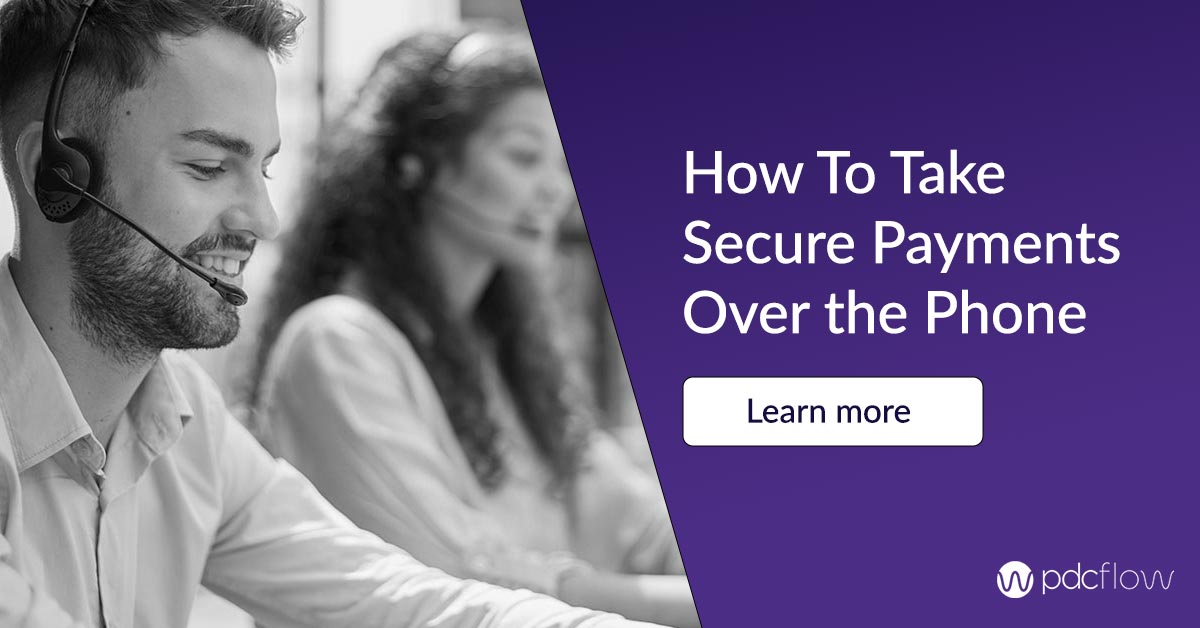Every business comes with obstacles. A high-risk operation like a debt collection agency is full of especially unique team management and compliance challenges.
Along with industry-specific rules, collection agency owners and managers must also comply with Regulation E, understand PCI compliance rules, and maintain a compliance management system as a whole.
While balancing these responsibilities, agencies need to keep a strong merchant account to continue credit card payment processing. This means managing chargeback ratios.
So what is a credit card chargeback and how can your collection agency reduce them?

What is Credit Card Chargeback?
The definition of a credit card chargeback is “when a charge is reversed, returning credit to a credit card customer from a merchant.”
For some disputed charges, your business may agree with the consumer and the charge will be refunded. For many others, your business may need to dispute the chargeback. To successfully defend a charge to your consumer’s credit card, you will need to provide:
- A copy of the invoice in question
- Proof of the signed authorization by the cardholder
- Proof of a valid address verification service response (AVS)
- Proof of a positive match on the card verification value (CVV)
- Proof that terms and conditions were agreed upon or evidence that a credit was issued
In certain cases, other documents may be required by the Card Issuing Institution. When that is the case, your Merchant Service Provider (MSP) will forward these requirements to your company’s point of contact.
- From your merchant statement, find the number of chargebacks incurred.
- Find the total number of card transactions.
- Divide the number of chargebacks by the total number of transactions.
Common Credit Card Chargeback Reasons
The reasons consumers file a chargeback with their credit card companies can vary. They can range from a simple misunderstanding to genuine credit card chargeback fraud.
The different types of chargebacks can be broken into three groups.
MERCHANT ERROR
CRIMINAL FRAUD
FRIENDLY FRAUD
Friendly Fraud Credit Card Chargebacks in Accounts Receivable
“In our experience, the chargebacks come from consumers who forget they authorized or initiated the charge when they don't recognize "CCOC" on their bank statement,” says Matt Logan, CEO of Collection Consultants of California. “Since we are a third party collection agency, they are not used to dealing with us directly.”
This issue is not uncommon among agencies. Allan Michell, President, Lou Harris Co, John Turnage, Southern Credit Adjusters Inc., and other industry veterans have reported this as the main cause of their chargebacks.
Even if they don’t occur frequently, these chargebacks are a hassle and can impact an agency’s bottom line. How to prevent them?
How to Protect Your Business from Credit Card Chargebacks
The best way to protect your business from chargebacks is through prevention. This can be done with an in-depth, up-to-date Compliance Management System.
What is a chargeback prevention plan and what components should your CMS include?
- Make sure the debtor knows your company’s name and how it will appear on their bank statement.
- Repeat the credit card number back to the cardholder.
- Ask how their name appears on the card (Ex: middle initials, Jr/Sr).
- Ask what bank the card is drawn upon and note within your system.
- Ask for the CVV code on the back of the card.
- If the payee and the person owing the money differ, your office may require a signature. Another option is to refer consumers to a secure online payment portal to initiate their transaction.
- Communicate the details of the transaction that would prove the debtor authorized the transaction in question.
- Verify all debtors by date of birth or the last four digits of their social security number. Do so before discussing an account or accepting payment.
- Verify addresses in your records are the same as the address associated with their card.
- Always ask if you have the consumer’s authorization to put the amount in question on their card.
- Send the consumer an electronic receipt at the time of the transaction whenever possible.
If your business is not following these practices, you may want to update your policies and procedures. If you are still experiencing a high number of chargebacks, conduct a root cause analysis. Find out where procedures are missing or outdated and should be improved.
Visa Chargeback Rules
When your agency has done everything possible to avoid them, chargebacks can still occur. Make sure you’re prepared for the credit card chargeback process.
Visa implemented an updated Visa Claims Resolution (VCR) process in 2018. The intention was to enhance consumer protection and a streamline the dispute process for businesses.
A few changes to Visa chargeback rules include new reason codes and categories intended to speed up resolution. The more proof of the approval you have, the better off you will be in defending against a chargeback claim.
David Llamas of Southland Acquisitions, Inc. takes several precautions in his agency to set him up for a strong defense later.
“Before payment is processed we have the consumer sign a letter stating the terms both parties agreed on, as well as authorization on a voice recording giving us permission to process the payment. On rare occasions, we do ask the consumer to provide their ID to verify the address we are using is correct. We usually use this step when the amount is more than $2,500.”
A signed authorization of payment is one of the strongest ways to defend a contested transaction.
Many accounts receivable professionals are now using esignature software that allow for authorization, payment, and the ability to send a receipt all in one workflow.
How PDCflow Software Reduces Chargeback Risk
PDCflow offers many features to eliminate the chance of chargebacks and help businesses win payment disputes as they come up.
A few of the ways our software protects your company’s payments are:
Audit trails
The best way to protect your company is to prove customers have agreed to make the payments you are accepting. There are several ways to prove this:
- Add dual authentication, so customers have to enter a shared secret before accessing an email or text from your company. That way, messages are only opened by the intended recipient, to protect against fraud or privacy violations.
- Text and email messages sent through PDCflow collect a date and time stamp, list the email and phone number of the recipient, and collect geo-location information. This shows they were the individual who initiated and completed the transaction.
Wet Signature
Wet signature is another term used to describe a legally binding signature.
PDCflow payment authorization esignatures are legally binding, and create further proof that a customer meant to make their payment.
Card Verify
Online payment pages can sometimes attract fraud.
PDCflow offers Card Verify to help companies make sure credit card payments are valid before they are submitted. Card Verify submits a $0 transaction before the real payment is submitted to prevent mistyped or fraudulent card numbers from being used.
AVS
Address verification is another marker that proves the correct customer is making a payment.
PDCflow offers AVS verification to make sure customer address information matches a card number.
Automatic receipts
PDCflow automatically sends receipts to customers, so they don’t forget they have made a payment to your business. You can add a cancellation policy and customer service phone number on your receipt so that people who need to cancel a payment can do so through your company, instead of initiating a chargeback through their bank.
Custom text
Our online payment pages allow companies to add custom text, so you can add cancellation information and refund policies on the online payment page as well as your receipts.
This is another way to drive customer concerns directly to your office, rather than through a dispute via a consumer’s bank.
Learn how PDCflow software can help your agency reduce chargeback risk.





